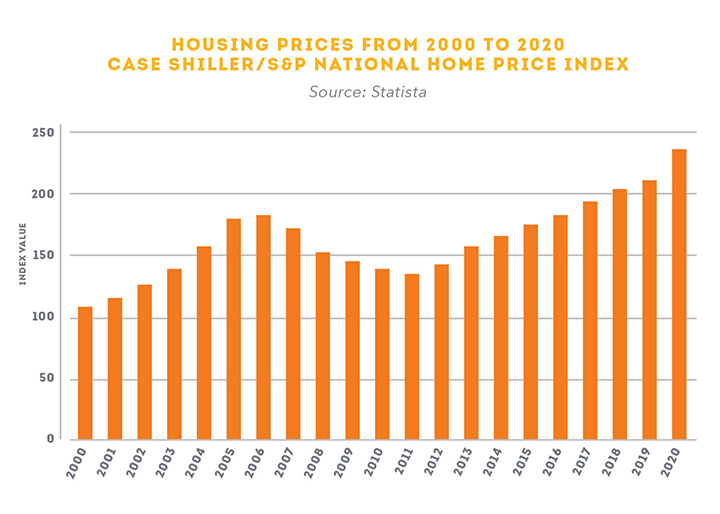Thinking of Investing in SFR?
Here Are Three Ways That Data Can Help By Kevin Ortner Technology and access to data can help real estate investors make sound acquisition decisions. These days, almost every preliminary step of the investment process can be done online, including scouting out potential properties and estimating projected returns. Let’s look at some metrics that you will want to calculate when assessing potential investment opportunities and see which ones you will
Read More








